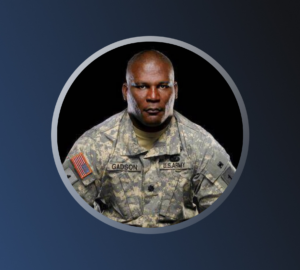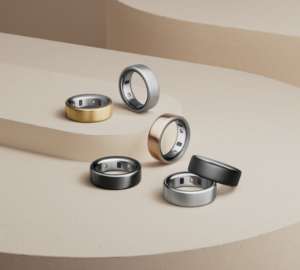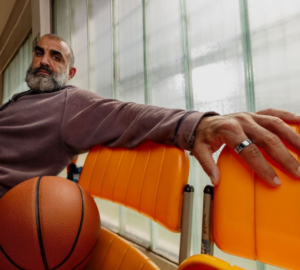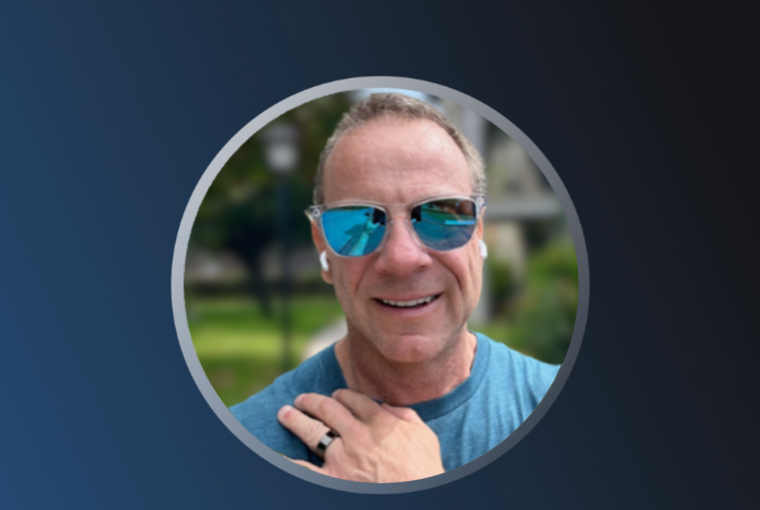Who: Dave K., 54, Connecticut
Life-saving Oura insight: After noticing an extremely high resting heart rate in his Oura data, Dave sought medical advice and learned his abnormally high RHR signified asymptomatic atrial flutter, a heart condition that often develops into atrial fibrillation.
What led you to Oura?
I have a group of very close friends, most of whom I have known since high school or college, who encouraged me to get an Oura Ring. I’m happy I did, because it essentially saved my life. We check in with each other almost daily to share our Wordle scores, and now we share our Oura Scores too! This was how I found out about my abnormally high resting heart rate (RHR).
LEARN MORE: Introducing Oura Circles: Connect with Your Community and Reach Your Goals Together

When comparing our data, my friends and I saw the discrepancy between my RHR and theirs, and it was the driving force for me to seek medical advice. Even though Oura had consistently classified my RHR as “Pay Attention”, I hadn’t gone to the doctor.
What did you learn about your health after using Oura?
Even when my Sleep Score was good, my Readiness Score was low. Every couple of days, my friends and I would share our scores with each other, and my friends flagged that I had an abnormally high resting heart rate (RHR), which was causing my low Readiness Score.
I’m a healthy person; I go to CrossFit, I’m a keen cyclist, an ex-football coach, and I eat a very healthy diet with no alcohol or drugs. My RHR was 130 to 140 bpm, while my friend’s RHRs were in the 50s and 60s. They encouraged me to go to a doctor, which is how I found out I had asymptomatic atrial flutter, a heart condition that often develops into atrial fibrillation.
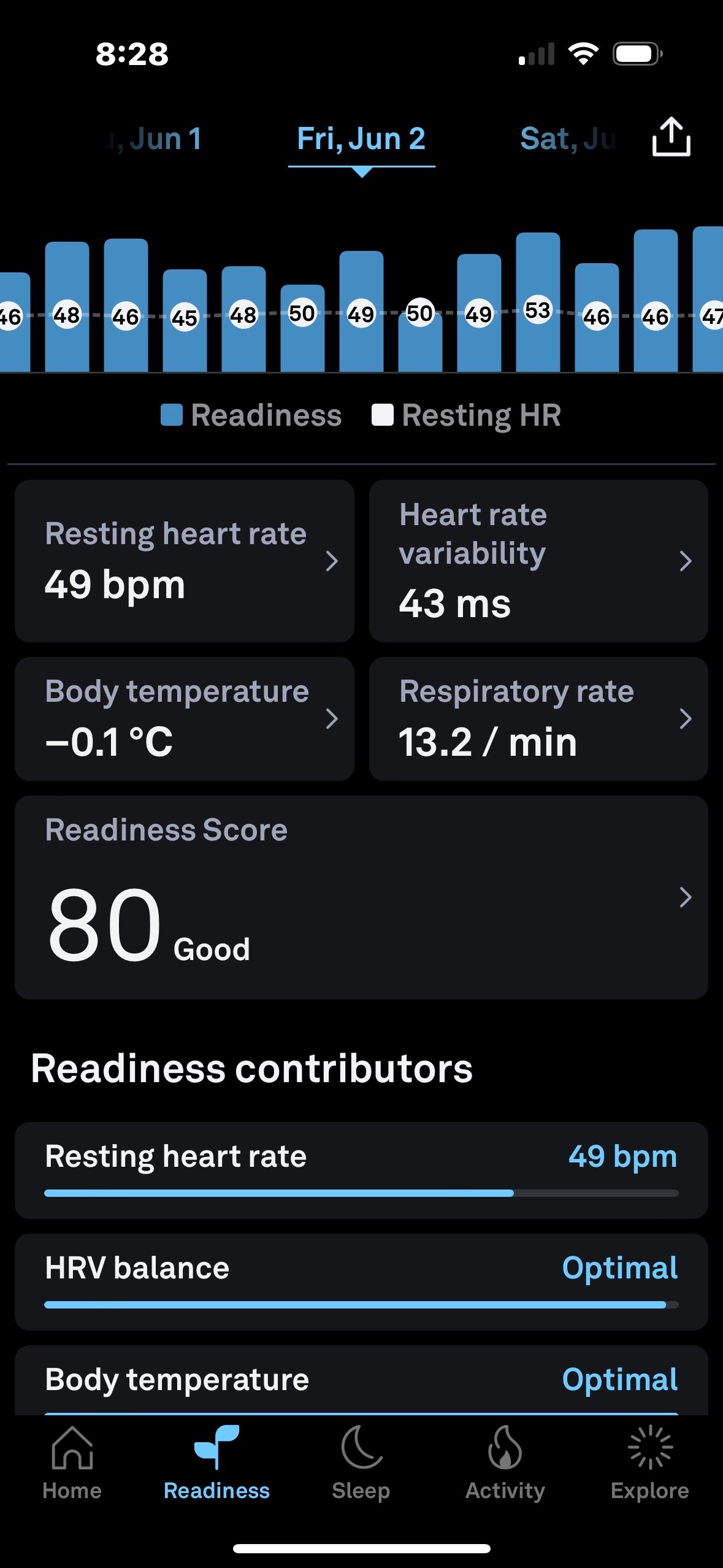
My doctor told me if I hadn’t caught this when I did, I would have had a stroke or heart attack within the year. I was completely asymptomatic, so my Oura data is what saved me.
READ MORE: Oura Helped Me Realize I Was Having An AFib Episode
How are you using Oura since getting this news?
Since getting my diagnosis and treatment, my RHR is down to 49 bpm. My doctor advised me to closely monitor my Oura data, like my RHR and HRV, to keep an eye on how my heart is doing. I was also advised to avoid high-intensity exercise while I was getting more tests done, so I paused CrossFit and went on five to seven-mile walks every day.
Now that I’ve had the all-clear from my doctor, I’m back to my regular exercise routine. I’m back to full strength and I’m loving seeing it reflected in my data.
I’m still sharing my scores with my friends – now we’re all using Circles, and love it. I was doing Circles before it was added to Oura as a feature! I find it motivating to see my friends’ scores because it provides some healthy competition. We all take care of our health, and we want to get the highest Readiness, Sleep, and Activity Scores possible!
RELATED: “Our Oura Score Conversations Are As Routine As Morning Coffee:” How Kati and Jon Use Circles
What’s Your Oura Story?
Everyone’s story is unique, and we’d love to hear yours. Share your story here.

